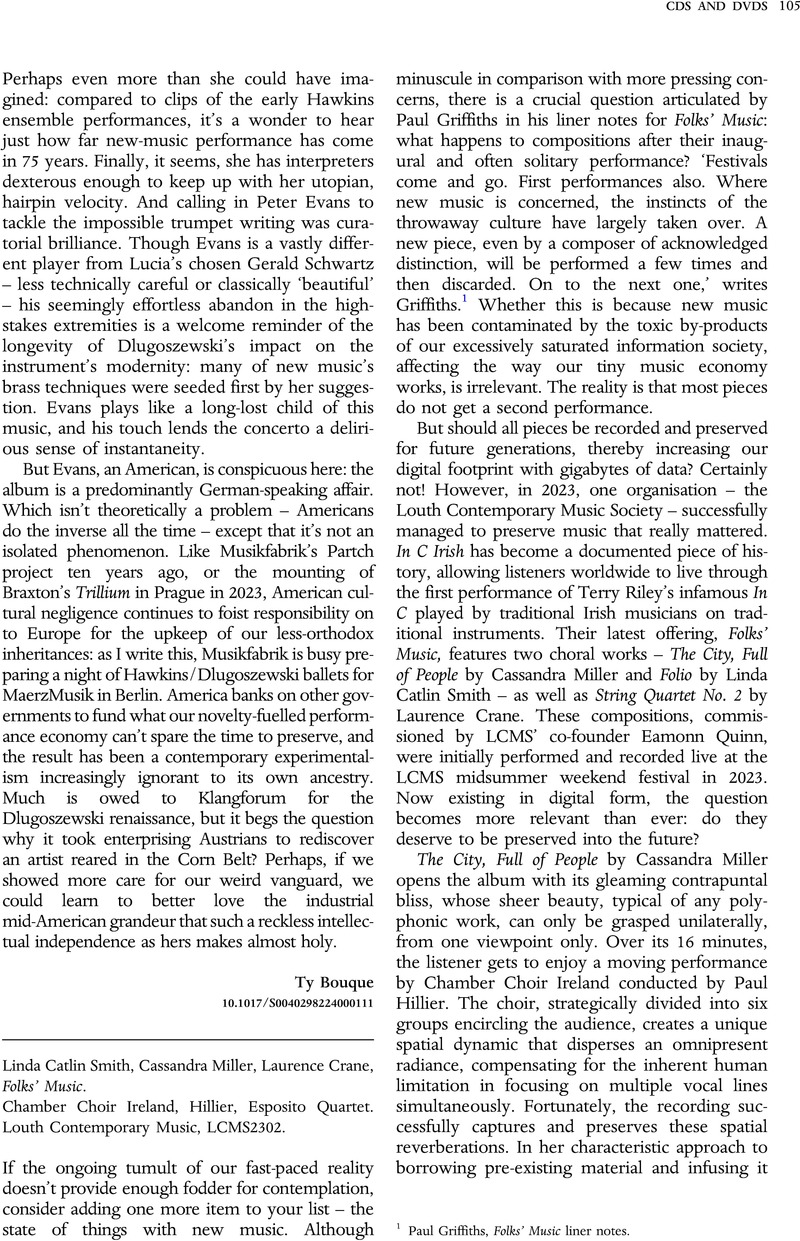Crossref Citations
This article has been cited by the following publications. This list is generated based on data provided by Crossref.
Aulich, John
2024.
Towards Technological Ecologies as Compositional Environments in the Pedagogy of Acoustic Composition.
INSAM Journal of Contemporary Music, Art and Technology,
p.
12.




